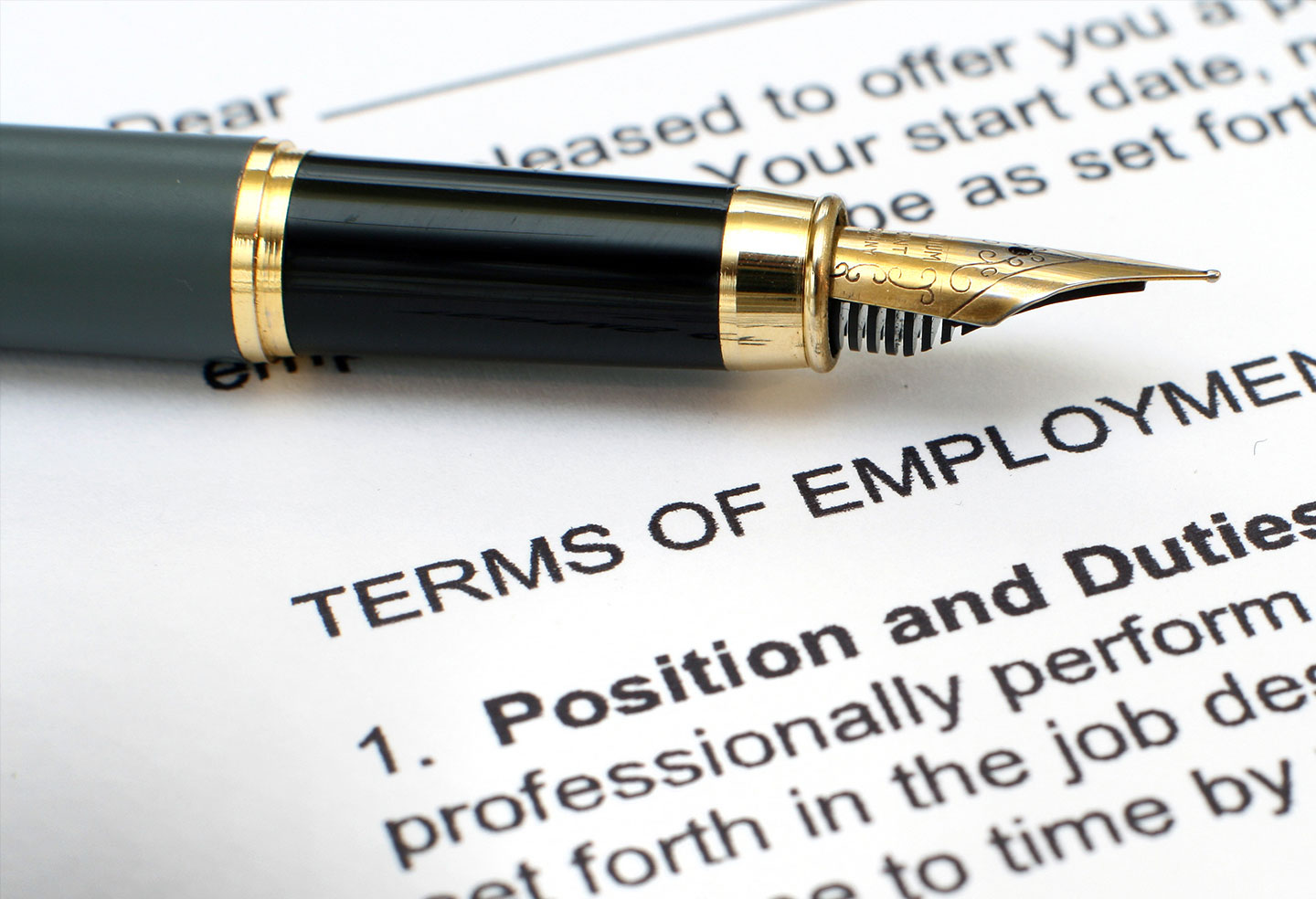Employment Law Update

Federal Agency Guidance on COVID-19 Given to Employers
Update: U.S. Senate passes the proposed Families First Coronavirus Response Act and President Trump signs it into law
The novel coronavirus, also known as COVID-19, is creating challenges for employers and employees alike. While employers should prioritize the safety of their employees and work to provide the continuity of their operations, they also need to be aware of the legal issues that may arise during a significant public health crisis.
Federal agencies have issued helpful guidance on compliance with the Americans with Disabilities Act (ADA), Fair Labor Standards Act (FLSA) and Family and Medical Leave Act (FMLA).
To prepare employers for the potential disturbances created by COVID-19, the Centers for Disease Control and Prevention (CDC) and the Equal Employment Opportunity Commission (EEOC) have distributed guidance to assist in responding effectively and legally to this crisis.
CDC Guidance
The EEOC has stated that during a pandemic, employers can rely on the latest CDC and state or local public health assessments in determining appropriate measures in the workplace and has adopted the CDC’s interim guidance for businesses and employers. The CDC suggested taking the following steps:
- Actively encourage sick employees to stay home. If employees have symptoms of an acute respiratory illness (fever, shortness of breath and cough), they should stay home until they are free of fever (100.4 degrees or higher), signs of a fever and any other symptoms for at least 24 hours.
- Separate sick employees. If employees show symptoms of acute respiratory illness (fever, shortness of breath and cough), they should be separated from other employees and sent home immediately.
- Emphasize respiratory etiquette and hand hygiene by all employees. Employers should instruct employees to clean their hands with either soap and water or alcohol-based hand sanitizer regularly. They also should review coughing and sneezing etiquette and the need to keep hands from employees’ faces.
- Perform routine environmental cleaning. Employers should clean all frequently touched surfaces, such as workstations, countertops, doorknobs and elevator buttons.
- Advise employees to review travel advisories. The CDC has detailed traveler’s health notices for each country, which should be reviewed before traveling.
In addition, the CDC suggests that employees who are feeling well but have a family member at home with COVID-19 should notify their supervisor and refer to CDC guidance on how to conduct a risk assessment of their potential exposure.
EEOC Guidance
The EEOC recently republished its 2009 Pandemic Flu Workplace and ADA Guidance as applicable guidance for the COVID-19 outbreak.
The ADA, which protects applicants and employees from disability discrimination, is relevant to pandemic preparedness. Significantly, the ADA requires employers to maintain the confidentiality of employee disabilities. For example, the CDC suggests that if an employee at a work site is confirmed to have COVID-19, the employer should inform fellow employees of their possible exposure in the workplace but maintain the confidentiality of the employee who has tested positive for COVID-19.
Among other guidance, the EEOC stated that during a pandemic:
- Employers may send employees home if they display symptoms.
- An ADA-covered employer may ask employees who report feeling unwell or call in sick if they are experiencing symptoms. The employee-provided information is considered confidential medical information and must be maintained in compliance with the ADA.
- When an employee returns from travel, an employer need not wait until the employee develops symptoms to ask questions about exposure during the trip. If the CDC or state or local public health officials recommend that people who visit specified locations remain at home for several days until it is clear they do not have symptoms, an employer may ask whether employees are returning from these locations, even if the travel was personal.
- Employers may encourage employees to telework and can encourage those employees at work to adopt infection-control practices, such as regular handwashing.
- Taking an employee’s temperature is a medical examination under the ADA. Generally, employers may not require temperature checks, absent guidance from local, state and federal public health authorities.
Additionally, the Office of the Assistant Secretary for Health (OASH) published guidance regarding workplace preparedness and the U.S. Department of Labor issued FAQs on the Fair Labor Standards Act and COVID-19 and the Family Medical Leave Act and COVID-19.
If you have any questions, please contact Charles R. Bacharach.
For additional information on the impact of the coronavirus, visit our information hub for a list of up-to-date content.
Charles R. Bacharach
410-576-4169 • cbacharach@gfrlaw.com